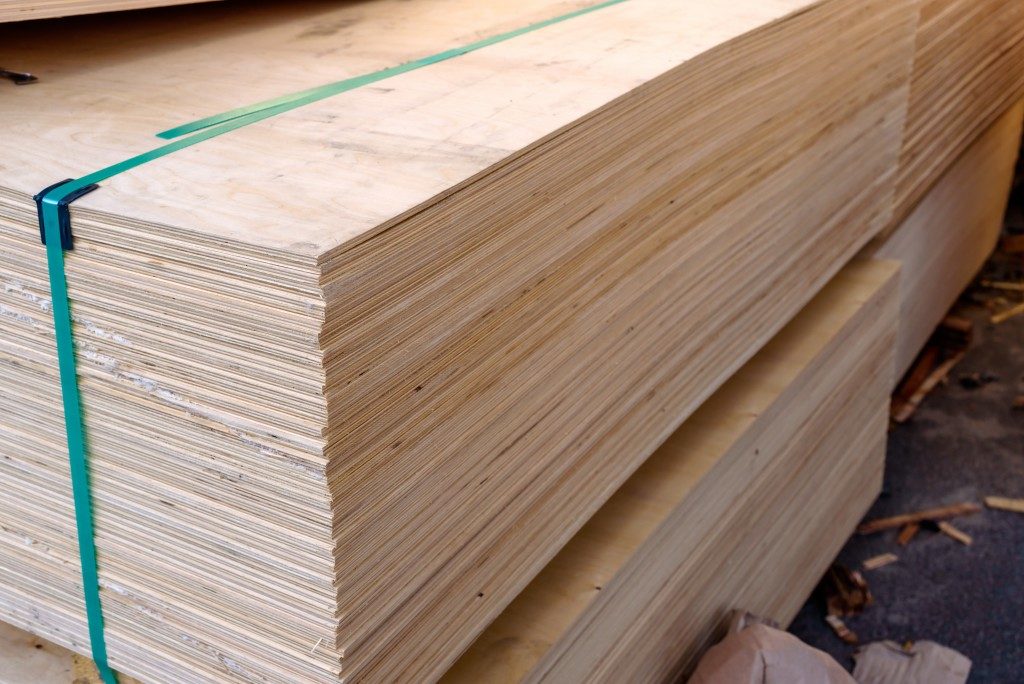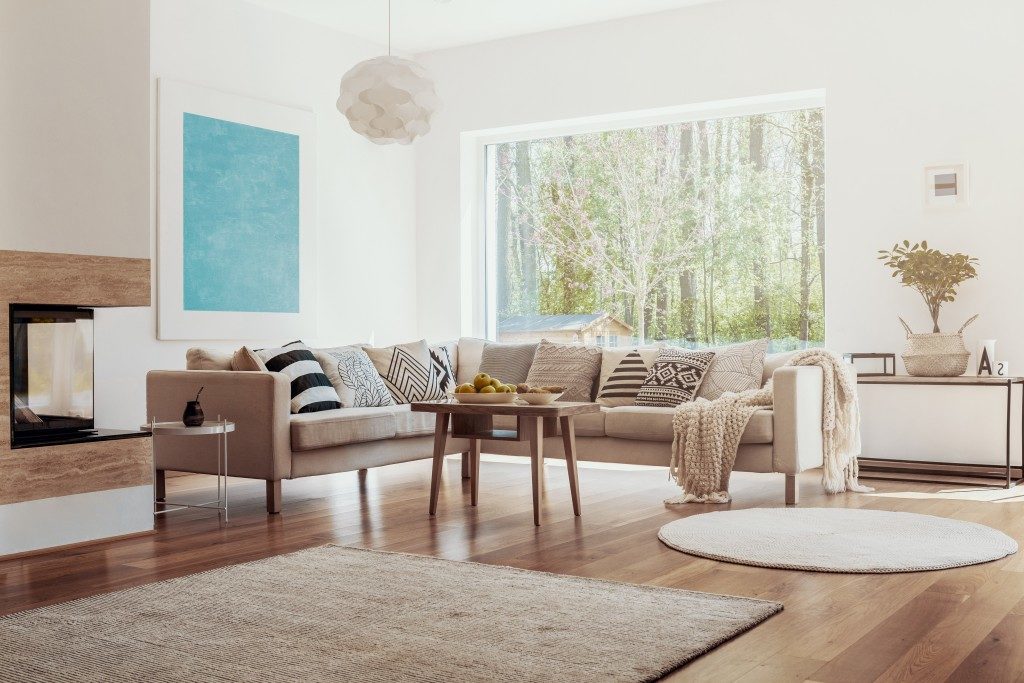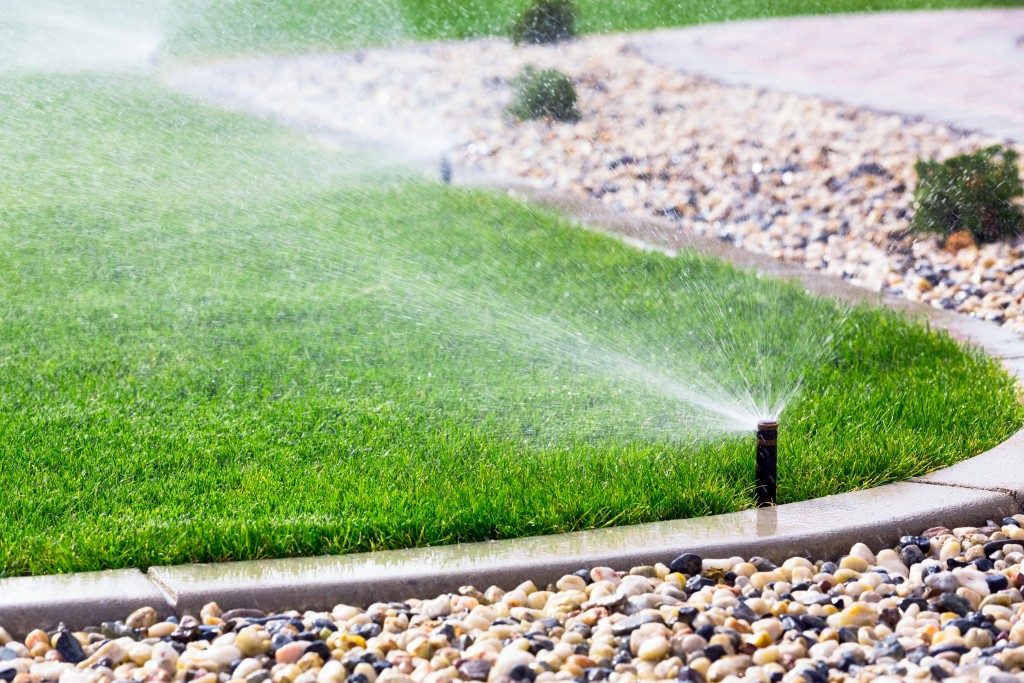Favored for its versatility, this man-made product called plywood appears to be an essential element of home construction. It is used extensively as the main material for doors, flooring, furniture, and walls. Moreover, this durable and lightweight product is cheaper than solid wood, and in several applications, offers a good performance.
For one, plywood resists humidity changes and temperature fluctuations — factors that natural wood suffer from to the point of cracking, degrading, and splitting. Thus, this resistance makes plywood durable against moisture. With that, we will discuss the types of plywood and their distinct usage as well as some tips for choosing plywood.
- Hardwood
Let’s start with the most common type of plywood — hardwood. A majority of all cabinet manufacturers use this type. To produce it, several different species of hardwood are needed. Mainly, birch and red oak are two of the most widely used hardwood due to their availability and cost-efficiency. Another type used in most upholsteries is ash, cherry, mahogany, and maple. Hardwood is usually more costly than other plywoods simply because of its durability.
- Marine
Exterior or the so-called marine plywood has superior quality compared to other ply, and it is also more expensive. It is made to withstand any environment exposed to water and wetness (hence the name). Accordingly, you may see marine plywood being used externally for applications like roofing, bathroom and kitchen flooring, or for the production of wooden boats.
Due to its practical characteristics, marine plywood comes in handy, especially in a country with damp weather conditions like New Zealand where plywood panels don’t carry official guarantees in providing enough surface protection against fluid exposure.
- Composite
Same as hardwood ply, composite plywood is mostly used by furniture makers. It has old-fashioned layers of wood on the inside, while the outside layers are made from high-density fiberboard that’s covered in a thin layer of hardwood.
In addition, it gives plywood a flat working surface, making it very thick and strong in its core. Considered to be at par with hardwood, this plywood is prized by upholsterers and carpenters for its consistency and workability. It is available in the same size, making it a good alternative.
What is Plywood Grading?

When it comes to grading, contractors and carpenters always consider the material grade. This refers to two measures: the front panel and the backside. The front face is graded from A to D, while the back parts are graded from 1 to 4. An A1 grading indicates top quality on both sides. On the other hand, an A4 means that the front face is of good condition, but there’s a catch. It’s likely to show discoloration on the back or have defects.
When purchasing plywood at a supply depot or hardware store, be mindful of these considerations. First, know that a quality finish has good symmetrical patterns. Second, you should find a flat sheet with core layers that are free of warping and feel even when touched. Lastly, there shouldn’t be voids and knots on the edges.









